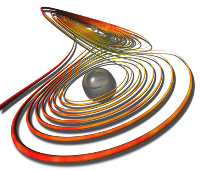Visual Analytics
In Visual Analytics we research effective systems for exploration and retrieval in large and complex data sets. Our aim is to combine scalable visual data representations with appropriate automatic data analysis methods. A tight integration of Visualization and Data Analysis in interactive systems can help to find patterns and details of interest in large data. Our work falls into the following areas:

